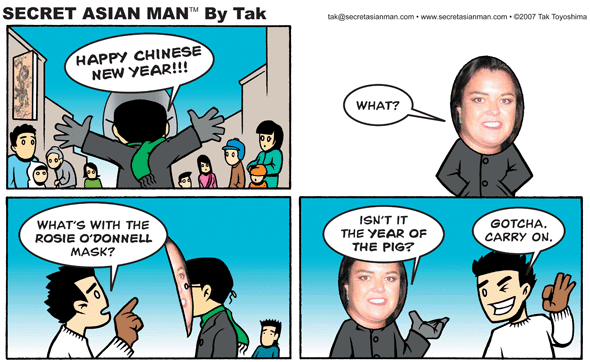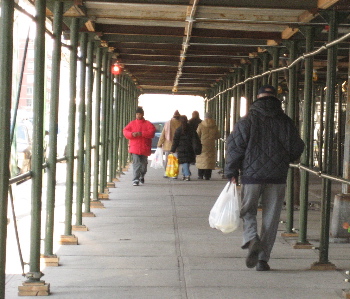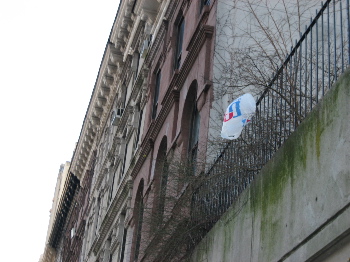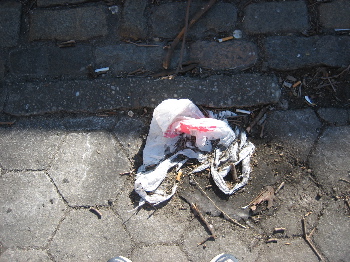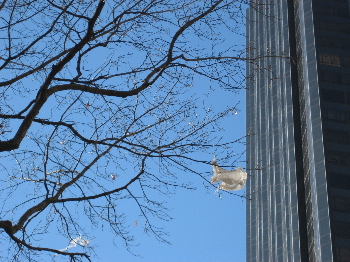Follow your intuition and act? When it comes to genocide, forget it. It doesn’t work, says a University of Oregon psychologist. Any large numbers of reported deaths represent dry statistics that fail to spark emotion or feeling, fail to motivate. Even going from one to two victims, feeling and meaning begin to fade, he said. 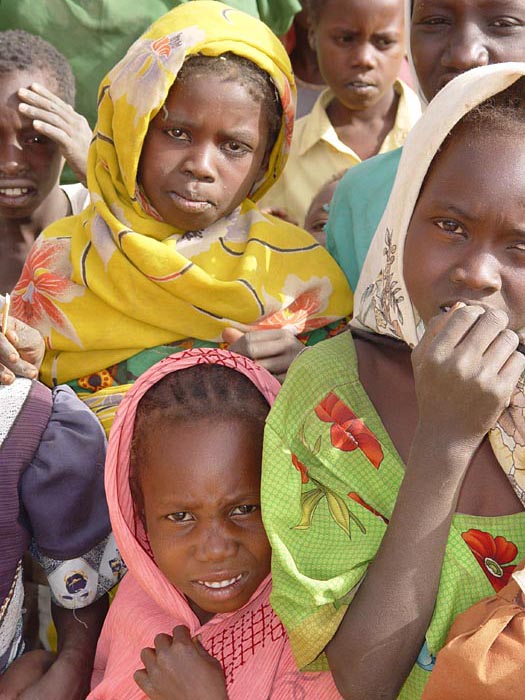
Paul Slovic, a University of Oregon professor and president of Decision Research, a non-profit research institute in Eugene, Ore., urged a review and overhaul of the 1948 Genocide Convention, mandated by much of the world after the Holocaust in World War II. “It has obviously failed because it has never been invoked to intervene in genocide,” Slovic said.
Slovic is studying the issue from a psychological perspective, trying to determine how people can utilize both the moral intuition that genocide is wrong and moral reasoning to reach not only an outcry but also demand intervention. “We have to understand what it is in our makeup – psychologically, socially, politically, and institutionally – that has allowed genocide to go unabated for a century,” he said. “If we don’t answer that question and use the answer to change things, we will see another century of horrible atrocities around the world.”
In the 20th century, genocides have occurred in Armenia, the Ukraine, Nazi Germany, Bangladesh, Cambodia, the former Yugoslavia, Rwanda, and Zimbabwe. Currently, killings continue in Darfur. “America has done little or nothing to stop genocide,” Slovic said, adding that the lack of response has come from both Republican and Democratic administrations. Research shows that people cannot trust moral intuitions to drive action. “Instead, we have to create institutions and laws that will force us to do what we know through moral argument are the right thing to do.”
How to reach that critical mass for decision-making, however, will be a challenge. It is thought that every life is equally important and thus the value of saving lives rises linearly as the numbers of people at risk increase.
However, models based on psychology are unmasking a haze on the issue. One model suggests that people react very strongly around the zero point. “We go all out to save a single identified victim, be it a person or an animal, but as the numbers increase, we level off,” he said. “We don’t feel any different to, say, 88 people dying than we do to 87. This is a disturbing model because it means that lives are not equal and that, as problems become bigger, we become insensitive to the prospect of additional deaths.”
In Slovic’s latest research, evidence is mounting for an even more disturbing "collapse model" that he described in his talk. “This model appears to be more accurate than the psychophysical model in describing our response to genocide,” he said. “We have these large numbers of deaths occurring, and we are doing nothing.”
His new research follows up an Israeli study published in 2005 in which subjects were presented three photos. One depicted eight children who needed $300,000 in medical intervention to save their lives. Another photo depicted just one child who could be helped with $300,000. Participants were most willing to donate for one child’s medical care. The level of giving declined dramatically for donating to help the entire group.
Slovic and colleagues Daniel Vastfjäll and Ellen Peters used the same approach but narrowed the focus. Participants in Sweden were shown a photo of a starving African girl, her individual story, and the conditions of the nation in which she lives. Another photo contained the same information but for a starving boy. A third photo showed both children. The feelings of sympathy for each individual child were almost equal but dropped when they were considered together. Donations followed the same pattern, being lower for two needy children than for either individually.
"The studies just described suggest a disturbing psychological tendency,” Slovic said. “Our capacity to feel is limited.” Even at two, he added, people start to lose it.
If we see the beginning of the collapse of feeling at just two individuals, “it is no wonder that at 200,000 deaths the feeling is gone.” This insensitivity to large numbers is understandable from an evolutionary perspective. Early humans fought to protect themselves and their families. “There was no adaptive or survival value in protecting hundreds of thousands of people on the other side of the planet,” he said. “Today, we have modern communications that can tell us about crises occurring on the other side of the world, but we are still reacting the same way as we would have long ago.”
The William and Flora Hewlett Foundation, based in Menlo Park, Calif., is a major supporter of Slovic’s current research.
Paul Slovic, UO psychology department and president of Decision Research, 541-485-2400, pslovic@oregon.uoregon.edu
Links:: http://www.uoregon.edu/~uocomm/experts/faculty-data/Slovic+_Paul.html and http://www.decisionresearch.org
Keywords:: GENOCIDE, PSYCHOLOGY, RISK, NUMBERS, COGNITION, BEHAVIOR, OREGON
Photo, International Rescue Committee
Harlan Douglas Weikle
Dear Reader,
In The Fray is a nonprofit staffed by volunteers. If you liked this piece, could you
please donate $10? If you want to help, you can also:


